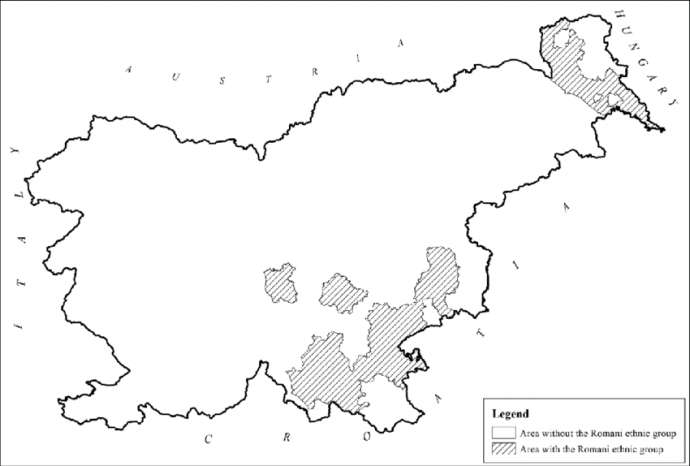STA, 15 December 2020 - Roma settlements in Slovenia are at a high risk of becoming coronavirus hotspots due to poor living conditions, the Črnomelj Union for Roma Community Development has warned at an online conference on Monday, noting that special attention should be devoted to the community as a vulnerable group.
"The situation is alarming since we do not have means in place in Roma settlements to prevent the further spread of the virus," said Zvonko Golobič, the organisation's head.
He pointed out that the Roma had been mostly heeding prevention measures, however, the community faced major problems during the coronavirus crisis.
Many Roma families live together in a single room and thus struggle to self-isolate when needed. Remote schooling poses another issue since children seek help with school tasks from community members and may thus spread the infection.
Numerous families do not have access to drinking water, Golobič highlighted. Add to that poor health among Roma people compared to the general population and it becomes clear that the community is at a greater risk of developing a severe form of Covid-19, he said, urging the authorities to do all they could to prevent the situation from exacerbating.
A study by the National Institute of Public Health (NIJZ) released last year shows that the average Roma dies almost 20 years earlier than a member of Slovenia's general population. Roma toddlers aged one to four are seven times more likely to die than non-Roma children of that age.
Asked whether the government had an action plan in the event of a surge in infections in Roma settlements, government Covid-19 spokesman Jelko Kacin said it did not.
"Not at the state level. This is a problem that needs to be managed at the local level," he said, adding that local epidemiologists should assess the situation and propose measures to prevent any escalations.
"One cannot perform miracles overnight," Kacin commented on living conditions in Roma settlements, adding that clean water could be provided in settlements where water access was a burning issue but that the water distribution system could not be build so quickly if it had not been built for years.
Medical director of the Novo Mesto hospital Milivoj Piletič said that it did not help the situation that Roma people often did not have their own GPs selected or participated in prevention programmes.
The vaccination rate among Roma children is low, he warned, stressing the importance of raising awareness about Covid-19 and necessary measures.
Golobič thinks such efforts are not enough though. "We will not stop the virus by only raising awareness. Something more must be done."
Bonia Miljavac, the head of the NIJZ Novo Mesto regional unit, said that measures and procedures related to Covid-19 were based on equal treatment of all Slovenian residents.
The same will apply to vaccination procedures, she said, adding that the NIJZ had published a special Covid-19 leaflet translated into various Roma dialects in cooperation with the Roma Information Centre and the Union of Roma Communities.
The Roma community is strong in the north-eastern Prekmurje region, Bela Krajina in the south, Posavje in the east and the south-eastern Dolenjska region. The Council of Europe estimates that roughly 8,500 Roma live in Slovenia, however the figure ranges from 7,000 to 12,000 according to various institutions.
All our stories on the Roma community in Slovenia






